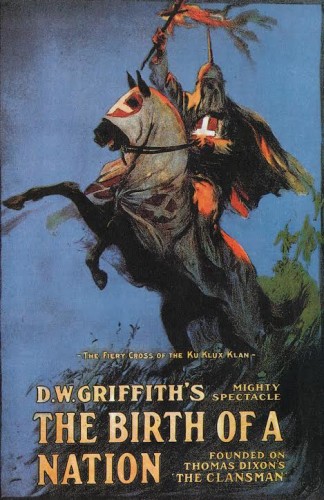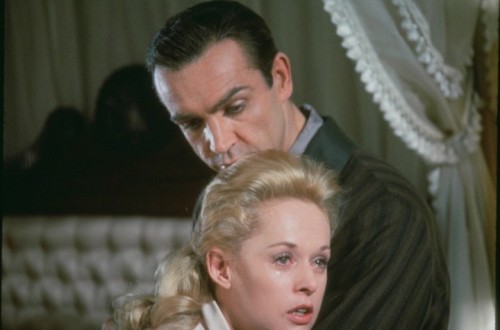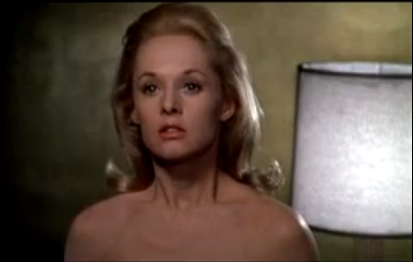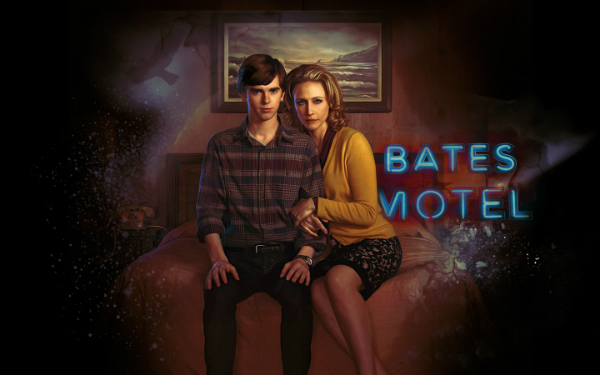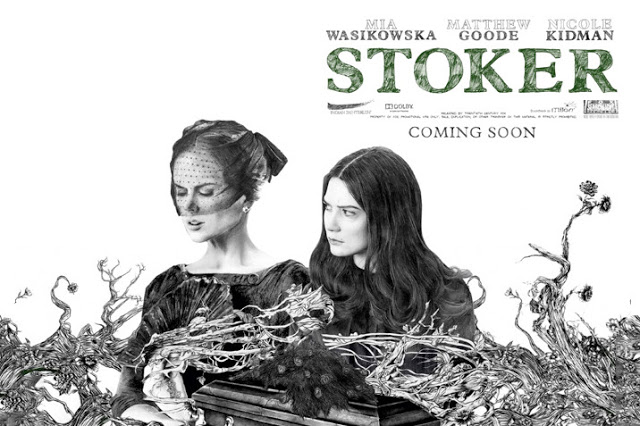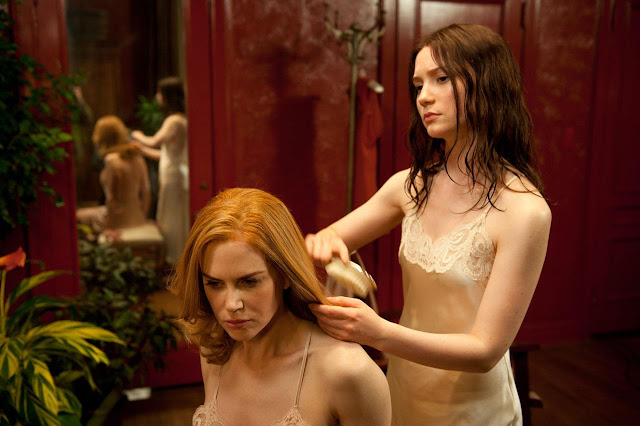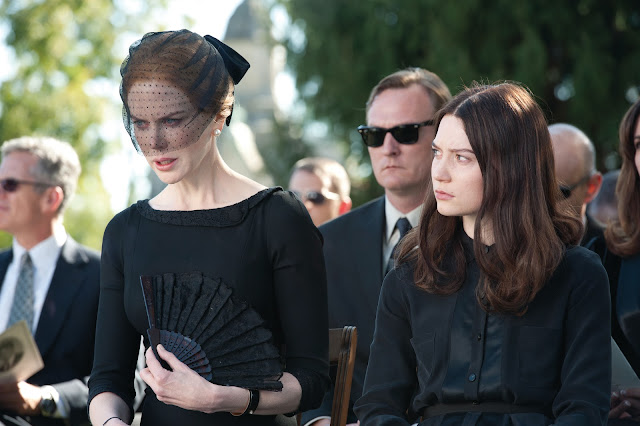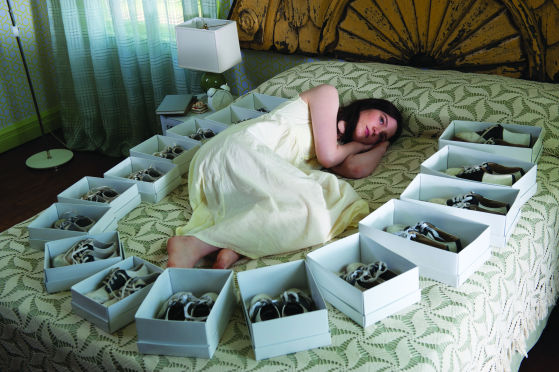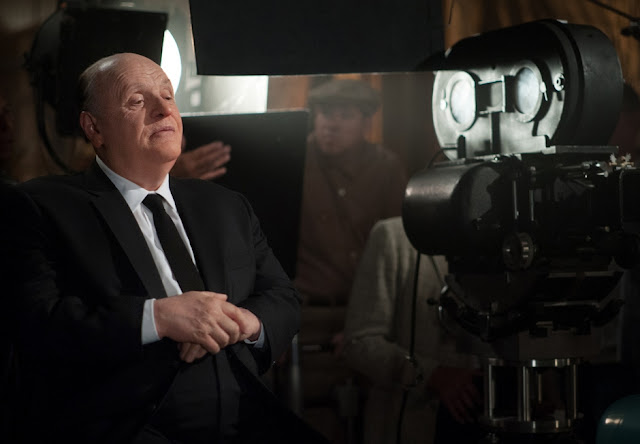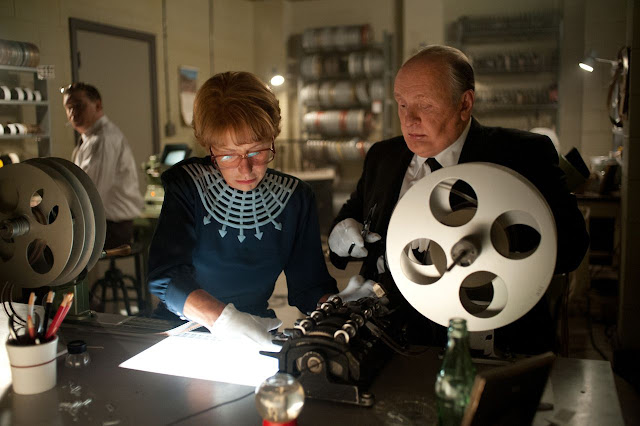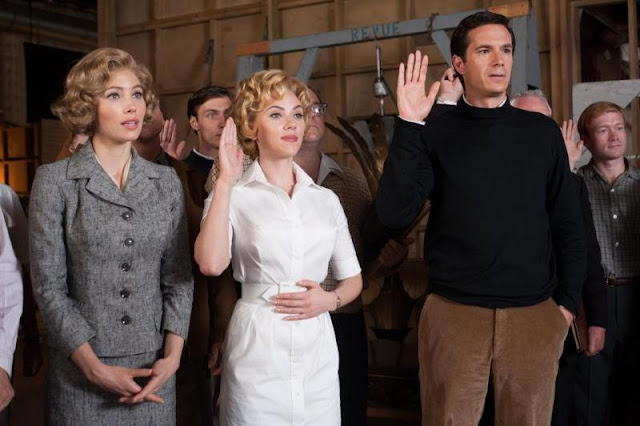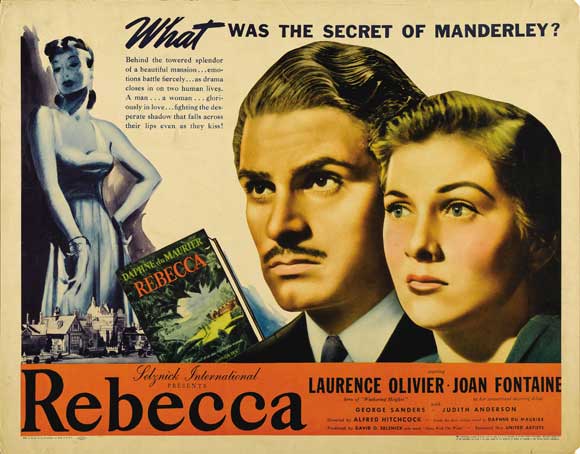Written by Rachael Johnson.
It likes to think of itself as a progressive, meritocratic industry, but I don’t think any thoughtful person would dispute the fact that Hollywood remains a racist cultural institution. It continues to produce racist films, and it continues to shut out talented people of color. In fact, even those of us who have not bought the myth that Hollywood’s a liberal place full of cool, open-minded individuals have not fully recognized how deeply ingrained its racism really is. Here are just a few sobering reminders from history and the recent past.

- Promoting a White Supremacist Ideology
The two most repellent films I have ever seen are Leni Riefenstahl’s Triumph of the Will (1935) and D.W. Griffith’s The Birth of a Nation (1915). Both films have been long recognized by film critics and scholars as technically innovative and both prompt feelings of overpowering nausea. Triumph of the Will is a German propaganda film that (re)produces Nazi discourse. Experiencing the terrifying soullessness of Nazi ceremony on display is a simultaneously sickening and numbing experience. Praised by generations of film scholars as a masterpiece, The Birth of a Nation is the most rabidly racist movie ever made in the United States. Set in the Civil War and Reconstruction era, it is, in fact, a revisionist, white supremacist movie that portrays the Klan as the good guys. The story of the The Birth of a Nation’s reception is also astonishing. One of the first films to be screened at the White House, it reportedly received this response from President Woodrow Wilson: “It was like writing history with lightning and my only regret is that it is so terribly true.” The racism in The Birth of a Nation is of the vilest kind: Black men are portrayed as rapacious creatures fixated with white women while the Klan are celebrated as gallant saviors. Promoting a Fascist racist ideology, the film seeks to normalize ideas of white superiority. Its poisonous impact cannot be overstated. The Birth of a Nation was a huge commercial success and hugely influential. In fact, it was used as a recruiting tool by the Klan. Think about this: this was one of America’s first “great films.”

- Propagating Racist Norms and Ideals of Feminine Beauty and Sexuality
Alfred Hitchcock is one of the accomplished directors in cinema history but he has also played a dominant role in constructing and reinforcing Anglocentric norms and ideals of female beauty and sexuality. It is well known that Hitchcock preferred blonde actresses to play his leading ladies–they were part of his sadomasochistic aesthetic vision and the object, it is said, of a quite pathological obsession in his personal life–but I have yet to read any film scholar or critic underscore the director’s essential racism. In an interview with fellow director Francois Truffaut, Hitchcock explained, “You know why I favour sophisticated blondes in my films? We’re after the drawing room type, the real ladies who become whores once they’re in the bedroom.” There is, you can see, a strong linkage between Hitchcock’s racism, sexism, and classism. The director, moreover, espouses a very specific white self-love. Consider the following statement: “I think the most interesting women sexually are the Englishwomen. I feel that the Englishwoman, the Swedes, the northern Germans, and the Scandinavians are a great deal more exciting than the Latin, the Italian, and the French woman. Sex should not be advertised. An English girl, looking like a schoolteacher, is apt to get into a cab with you, and to your surprise, she’ll probably pull a man’s pants open.” His take on Anglo-Saxon and Nordic women is an expression of his own fantasies but he also advocates here the chauvinistic, Anglo notion that non-WASP European women are sexually vulgar. Women of color are noticeably absent from his misogynistic erotic musings, as they were from his films. Hitchcock’s blonde, WASP female characters–slender blonde women, I should add–typified by Tippi Hedren in The Birds should not solely be seen as fetishistic products of his imagination. They are a product of a racist, sexist, and classist mindset. It could be argued that Hitchcock played a key role in Hollywood in propagating narrow, racist ideals of feminine beauty. The attitudes he propagated have had a toxic, long-lasting influence on the American cultural imagination.

- Romanticizing Racist Stars
John Wayne was not only one of the most popular movie stars of his time; he also represented a romanticized kind of robust, individualistic American masculinity. Wayne, indeed, personified the country itself for both compatriots and viewers internationally. Behind the mythic America the star was intended to embody, are, however, the historical truths of genocide and slavery. The icon himself never recognized these truths. In a 1971 Playboy interview, John Wayne stated, “I don’t think we did wrong in taking this great country away from them. Our so-called stealing of this country from them (Native Americans) was just a matter of survival. There were great numbers of people who needed new land and the Indians were selfishly trying to keep it for themselves.” This mind-blowing comment is worth breaking down. Wayne employs a Darwinian justification for the atrocities of his ancestors, an ideology devoid of morality and humanity. It is also, quite simply, as perverse as siding with a rapist calling his rape victim the aggressor. In the interview, he also shifts attention away from contemporary American atrocities in Vietnam, namely the My Lai massacre. On the civil rights struggles of Black Americans, he ever so vaguely acknowledges the anger of his fellow citizens before making this statement: “I believe in white supremacy until blacks are educated to a point of responsibility.” Here we have a Hollywood icon clearly articulating white supremacist thinking as late as 1971.

- The Utter Indifference to the Deaths of Enemies and Civilians of Color in Hollywood War Movies
You can find numerous illustrations of American exceptionalism and selective empathy in Hollywood movies. The wildly popular, revisionist American Sniper (2014) is only the most recent dangerous example. From The Deer Hunter (1978) to The Hurt Locker (2008), there are many unsettling cases but there is one that I would like to presently highlight–the racism informing Black Hawk Down (2001). Directed by Ridley Scott, Black Hawk Down concerns the 1993 raid on Mogadishu. Like the vast majority of American war movies, Black Hawk Down never attempts to explore war from the perspective of the enemy soldier or civilian. It is solely dedicated to glorifying the sacrifice of American blood. The close of the film perfectly sums up white Hollywood’s absolute indifference to the deaths of enemies and civilians of color. We are told, “During the raid over 1,000 Somalis died and 19 American soldiers lost their lives.” Black African Somali Muslim deaths are solely an afterthought.

- Erasing Interracial Relationships
Over the years, Hollywood has done an effective job in erasing interracial relationships from mainstream American culture. The lack of interracial relationships in Hollywood movies not only shows shameful cowardice on the part of the studios; it also reinforces racist norms and denies an increasing demographic reality. Every kind of relationship–sexual, romantic, and marital–has been deliberately obscured. With movies like 5 Flights Up (2015) and Focus (2015), there are indications that this may be changing but current depictions only serve to highlight the shortage. Certainly TV programs such as Grey’s Anatomy have depicted interracial relationships with greater regularity but Hollywood still has a long way to go. At the moment, they are not fully representing intimate human relationships in America.
Hollywood is, as you can see, an industry that has, from its very infancy, regurgitated racist cultural products, as it has shamelessly sought to provide narcissistic identification for white people. If there was ever an industry that needs to face its past and recognize its essentially backward, intolerant nature, it is America’s dream factory.
